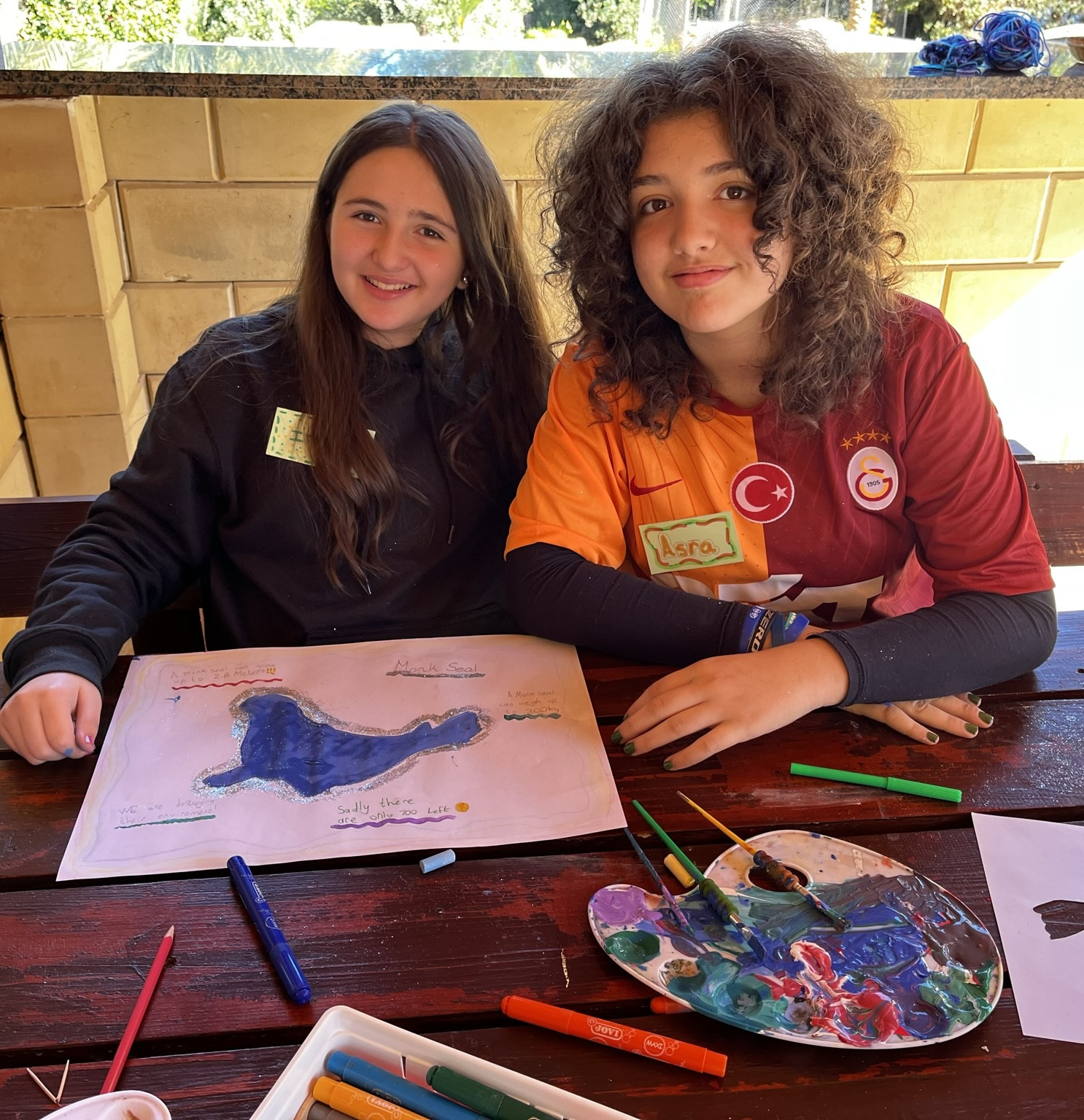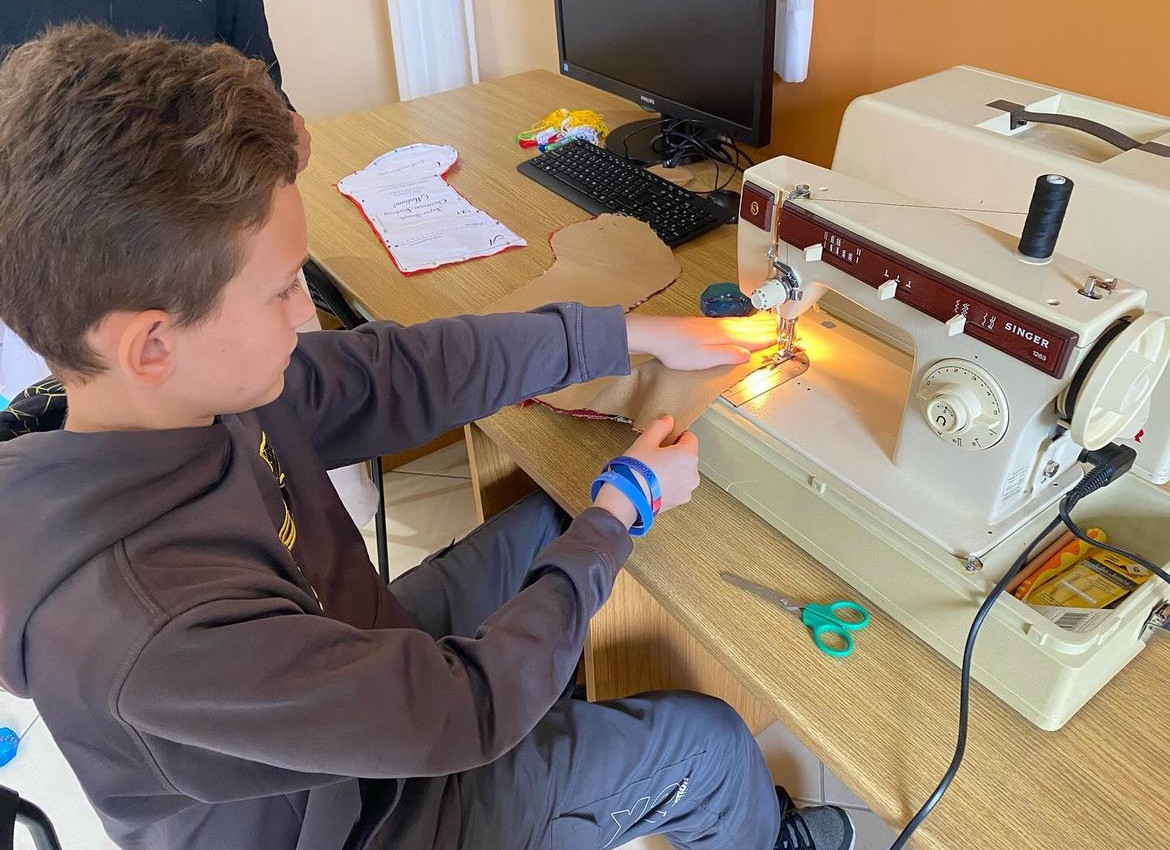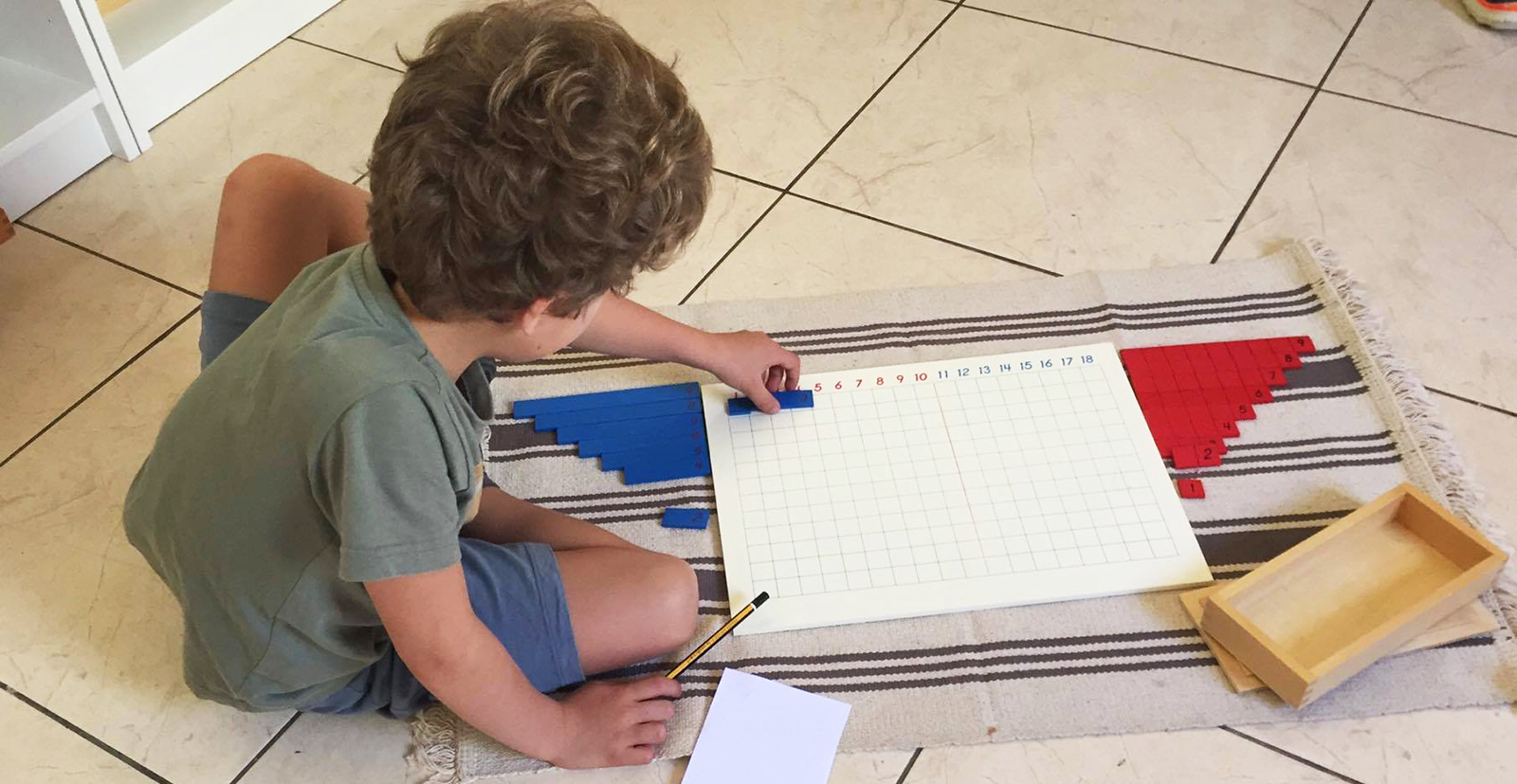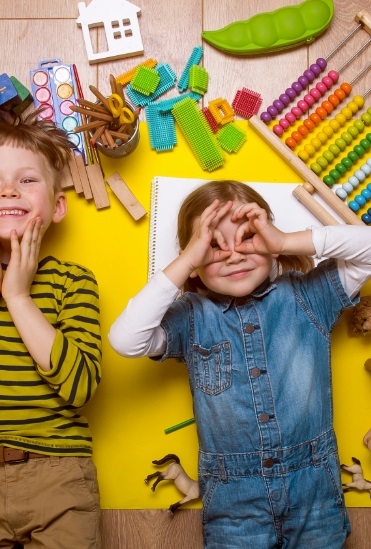WHY MONTESSORI WORKS
Our philosophy



Why Montessori Works
Over the past century, the traditional learning environment has remained largely unchanged. Educational goals and teaching methods have persisted in their conventional forms, often emphasizing mass instruction tailored to meet the needs of the majority. This approach is globally prevalent, characterized by a focus on scores and a rush to cover syllabi, often resulting in rote memorization for the sake of passing tests or exams. Unfortunately, much of this information becomes quickly forgotten due to its lack of relevance and meaning.
In such a system, both teachers and students suffer. Neither party is meaningfully engaged in the learning process, and the fear of failure associated with tests and exams does little to inspire genuine motivation or learning. Learning devoid of meaning or context cannot be effectively retained in the long term.
However, there exists an alternative approach rooted in the Montessori philosophy: engaging children in the learning process by nurturing their innate curiosity and desire to explore the world around them. The Montessori method recognizes the intrinsic drive within children to discover subjects such as mathematics, science, history, geography, biology, culture, and languages. This philosophy underpins the efficiency and success of the Montessori method.
Based on scientific observations of children, Dr. Maria Montessori—a renowned Italian scientist, pedagogue, doctor, and anthropologist—pioneered this approach over a century ago. Her principles continue to shape Montessori education, providing a framework that respects and nurtures the natural inclinations of children towards learning and discovery.

Children are independent learners
The Montessori method is unique in that it nurtures independence. The Montessori classroom environment is prepared in such a way that children naturally acquire the skills and knowledge that aren’t taught in a conventional sense. Young children, as young as three (and often younger) are sweeping floors, washing dishes, tidying up desks and chairs, and acquiring life skills that foster the creation of independence and self-sufficiency. All children are exposed to educational material that are self-correcting, without their teacher pointing out their mistakes in a traditional way. Mistakes are found and in turn corrected, by the child herself. All of the above, with the guidance of a Montessori teacher, otherwise known as ‘guide’, who is there to teach and continually assess. Which leads us onto our next point.
Learning is individualised
Learning is done in small groups or individually. The teacher presents the lesson, which is always interactive and broken down to its components, most of the time with hands-on material (the ‘Montessori Material’ most of which have been developed by Maria Montessori herself); simultaneously, because of the nature of the lesson as well as the small size of the group, the guide assesses how and what each child learns. Even though there is a curriculum to follow, mandated first by the Montessori method, but also by the school itself (i.e. the school might choose to follow the country’s Ministry of Education curriculum, e.g. the British/Australian National etc. curriculum) each child is treated as an individual learner, who has different strengths, abilities and pace. A child might belong to its ‘age group’ in one lesson and in an older or younger group in the next lesson. This aims at the actualization of each child’s potentials not only as learners but as individuals as well. And the Montessori method believes that there is a way to reach each and every child, in every single topic: Information presented has to be relevant and meaningful.
Information is retained because it is meaningful and relevant
Learning for the love of learning is nurtured in a Montessori environment because children get to understand why they are doing what they are doing and how to do it, no matter what subject they happen to be tackling. Simply memorizing/understanding information presented, or answering questions in a book is not how information is acquired. Instead, children are provided with the tools to fully immerse themselves in a subject, and then have the opportunity to practice it repeatedly until they fully make sense of it – in their own time, at their own pace. And this is key to what makes learning less daunting and more fun.
Yes, learning is fun
It’s hard to imagine a schooling environment where repeated testing and examining isn’t the norm. Where learning can take place in a way that makes it fun, and not just a means for assessment and scrutiny. Where your child’s innate potential and capabilities can be allowed to flourish, and not be lost in an en masse setting. The Montessori system takes conventional learning practices and transforms them in a way that brings the fun, the mystery and the suspense back into the classroom. It allows your child to cultivate all that they can be, at their own pace, learning valuable life-skills and growth mindsets along the way.
In conclusion
The prevailing mainstream educational system in numerous schools across the globe is stifling creativity, inhibiting innovation, and impeding independent learning—three essential skills vital for navigating the contemporary world our children inhabit and the future they will encounter beyond school. This is precisely why Montessori education thrives. At its essence, Montessori places a paramount emphasis on fostering creativity, encouraging innovation, and promoting independent learning within its educational philosophy.

